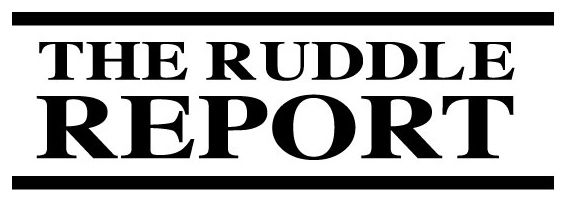
Lasers in Disinfection: Where Are We?
I gave a presentation on the use of the microscope in endodontics for the Academy of Microscope Enhanced Dentistry, also known affectionately as AMED. This meeting was in Santa Barbara, California, and I opened up the conference talking about my perspectives and journey of the microscope across the decades, how it all got started, how it was implemented and how it got disseminated, took off and became part of mainstream dentistry. At the conclusion of that lecture I talked about the future of endodontics, and in that future, I described lasers.
Many of you have asked me about lasers so I thought I would weigh in a little bit about what I’m thinking about lasers and the role they’ll play in the future of endodontic disinfection. First let me say, I’m perfectly aware that there are two kinds of lasers, if not several, but we could essentially divide lasers into the hard tissue lasers versus the soft tissue lasers.
I’m talking about soft tissue lasers. They’re somewhere in the neighborhood of $6,000-$12,000 and they work on a wavelength of about 980 nanometers of light. These are side-firing disposable tips. Let’s talk a little bit about their application. First of all, the greatest challenge we face in endodontics after shaping canals is cleaning root canal systems. As all of you know, we get the shape so we have a significant reservoir of reagent, sodium hypochlorite, that can work through all aspects of the root canal system and can potentially clean into areas where our files never touch or contact. So, disinfection is a huge part of endodontics and the challenge is root canal system anatomy. So, there’s been lots of emerging ways to do disinfection and I won’t talk about all the different ways, we’ve blogged about that before, but I will talk today about lasers.
First of all, I want to acknowledge some work that’s been done in Europe. It’s the Paul Lambrecht’s group out of the Catholic University of Leuven in Belgium. And, Paul is a wonderful scientist, a gifted teacher and educator as well, and he’s doing a long-term clinical study on his work with lasers and endodontics. What I’ve learned from Paul is that there is over 300 reagents that can theoretically be injected into a root canal space and these reagents are specifically chosen or selected based on their specificity. That means, can they attack the microorganisms we encounter in our day-to-day teeth that we perform endodontic procedures on?
Out of these 300 reagents, Paul selected tolonium chloride. Tolonium chloride basically then can go into the cell membrane and we don’t know for sure, perhaps even the nucleus, but in any event, it can tag and mark the bacteria. Once the bacteria have been marked with tolonium chloride, Paul will place a wave, if you will, a wave of energy through his laser wand and he’ll have the light go out and seek these tagged or marked bacterium and they’ll be imploded. So, when they’re imploded, they’re lifeless and they’re rendered non-viral.
So, really Paul tells me that lasers will play an important role in the future because this way of irrigating and using low energy, 980 nanometers of light to seek out the microorganisms, we can have a very, very high kill factor.
Now, those of you who are listening to this will probably immediately begin to think, well this is interesting, but doesn’t the reagent have to actually get to the microorganism? What if the microorganism is in a dental tubial? What if it’s in a lateral canal? What if it’s in an anastamosing between systems? Absolutely these are relevant questions because this is where microbes can live. So, the assumption is that the irrigant can even get to the microorganisms. Therefore, Paul recommends ultrasound to activate solutions to get them into the anatomy where it can more effectively mark and tag microorganisms. Paul uses the EndoActivator to displace the reagent and exchange it more effectively into the anatomy before he uses lasers.
So, I was describing all of this in the lecture at the very close, the future of endodontics and lasers and the role they’ll play, and ironically I got an email later that night and some colleague had emailed a colleague in Italy who in turn emailed a colleague in Scottsdale saying that Ruddle really bashed lasers in endodontics. And let me explain why I was misunderstood.
What I said on stage that day is lasers will play a critical role in the future of endodontic disinfection. I went on to say that we shouldn’t listen to these cowboys that get on stage and give lectures on laser endodontics and they usually say things like, “I believe”, “It is my opinion”, “I have been told”, and what is missing is there’s no protocol, there’s no scientific evidence, and there is no validation of whatever most of these guys are talking about. That does not mean that lasers will not be important and play a central role in the future of disinfection. It just means that we need to have university-based research that completely outlines all the various things that we might be concerned about. Heat? Is there potential damage to the PDL and beyond? What is the kill factor? Can we really disinfect root canal systems? But, once we begin to answer these questions, protocols will evolve and those protocols will guide each of us towards the best way to provide disinfection in the future.
So, yes, we have a lot of products we could name and say sometimes they’re slandered or not reported well, or they’re dismissed, they’re controversial, or they don’t work, or I use it because I say so… These are not real reasons to implement any clinical technique. We always need the scientific evidence. So, evidence is what’s missing, but evidence is coming and when it does come, you will see a ground swell of universal use for lasers in endodontic disinfection.



